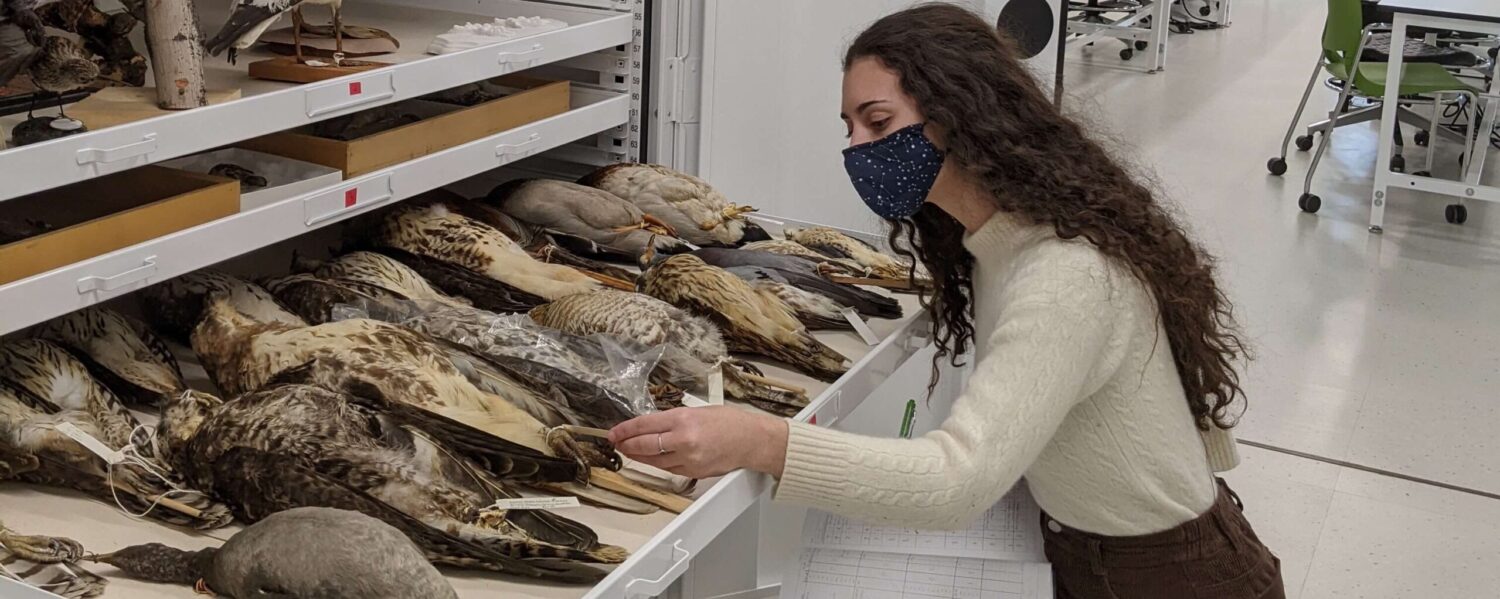The House Appropriations Committee has now advanced all twelve spending bills for fiscal year (FY) 2022, approving significant increases for most federal science agencies and programs. The spending bills will now be considered by the full House of Representatives.
The overall allocation for the Commerce, Justice, and Science (CJS) appropriations bill, which includes funding for the National Science Foundation (NSF), the National Oceanic and Atmospheric Administration (NOAA), and the National Institute of Standards and Technology (NIST), would increase by $9.5 billion compared to FY 2021 to $81 billion.
NSF would receive an increase of 13.5 percent under the spending bill, which is less than the 20 percent boost proposed by President Biden. The science agency would receive a total of $9.6 billion, $1.1 billion more than the FY 2021 enacted level, and $536 million less than the President’s request. The research account at NSF would be allocated $7.7 billion (+11 percent), which is significantly lower than the $8.1 billion (+18 percent) requested by the agency. The spending panel approved NSF’s proposal to create a new Directorate for Technology, Innovation, and Partnerships within the Research and Related Activities account.
NIST would receive $1.4 billion, a boost of 32 percent, under the House bill. The President proposed a 45 percent increase for the standards agency. The panel approved a 19 percent increase for NOAA, to $6.5 billion in FY 2022, which is $508 million less than the amount requested by the agency.
The Interior, Environment, and Related Agencies spending bill includes a $2.3 billion funding boost for the Department of the Interior. Overall, the Department would receive $15.6 billion, $240 million below the amount proposed by President Biden. Specific allocations in the bill are as follows:
- $1.6 billion for the U.S. Geological Survey, an increase of $327 million above FY 2021 and equal to the President’s budget request.
- $3.5 billion for National Park Service, an increase of $324 million above FY 2021 and $28 million below the President’s budget request.
- $1.9 billion for U.S. Fish and Wildlife Service, an increase of $301 million above the FY 2021 enacted level and $32 million below the budget request. The Ecological Services account would get $315 million (+$45.5 million), $17 million below the President’s budget request.
- $1.6 billion for the Bureau of Land Management, $285 million above FY 2021 and $26 million below the President’s budget request.
- $11.34 billion for the Environmental Protection Agency (EPA), an increase of $2 billion above the FY 2021 enacted level and $111 million above the President’s budget request.
The National Institutes of Health (NIH), which is funded by the Labor-Health and Human Services-Education (LHHS) spending bill, would be allocated $49 billion, $6.5 billion more than the FY 2021 enacted level and $2.3 billion less than the amount requested by the President. Of the $6.5 billion in increased spending allocated for the agency, $3.5 billion would be targeted to basic biomedical research at existing NIH institutes and centers. $3 billion would go towards creating a new agency the Advanced Research Projects Agency for Health (ARPA-H), for which the President had requested $6.5 billion in his budget proposal.
Included in the LHHS spending bill is $282 million (+10 percent) for the Institute of Museum and Library Services (IMLS), which supports public outreach programs at museums. The Office of Museum Services at IMLS which supports museums by awarding grants that help them educate students, preserve and digitize collections, and connect with their communities is slated for a 35 percent increase to $54.5 million.
The spending bill for Agriculture, Rural Development, Food and Drug Administration, and Related Agencies would receive an overall allocation of $26.5 billion (+$2.6 billion), of which $3.4 billion (+$321 million) would be targeted to agricultural research programs. The Agricultural Research Service (ARS) would receive $1.8 billion, $236 million above FY 2021 and $131 below the President’s request. The National Institute of Food and Agriculture (NIFA) would get $1.6 billion, $85 million above FY 2021 and $301 million below the budget request. The Agriculture and Food Research Initiative is slated to receive $450 million, $15 million more than last year and $250 million less than the President’s request.
Markups of spending legislation has yet to begin in the Senate. Both chambers of Congress will need to pass all 12 appropriations bills or pass a stopgap measure before the end of the fiscal year on September 30 to avoid a government shutdown.

